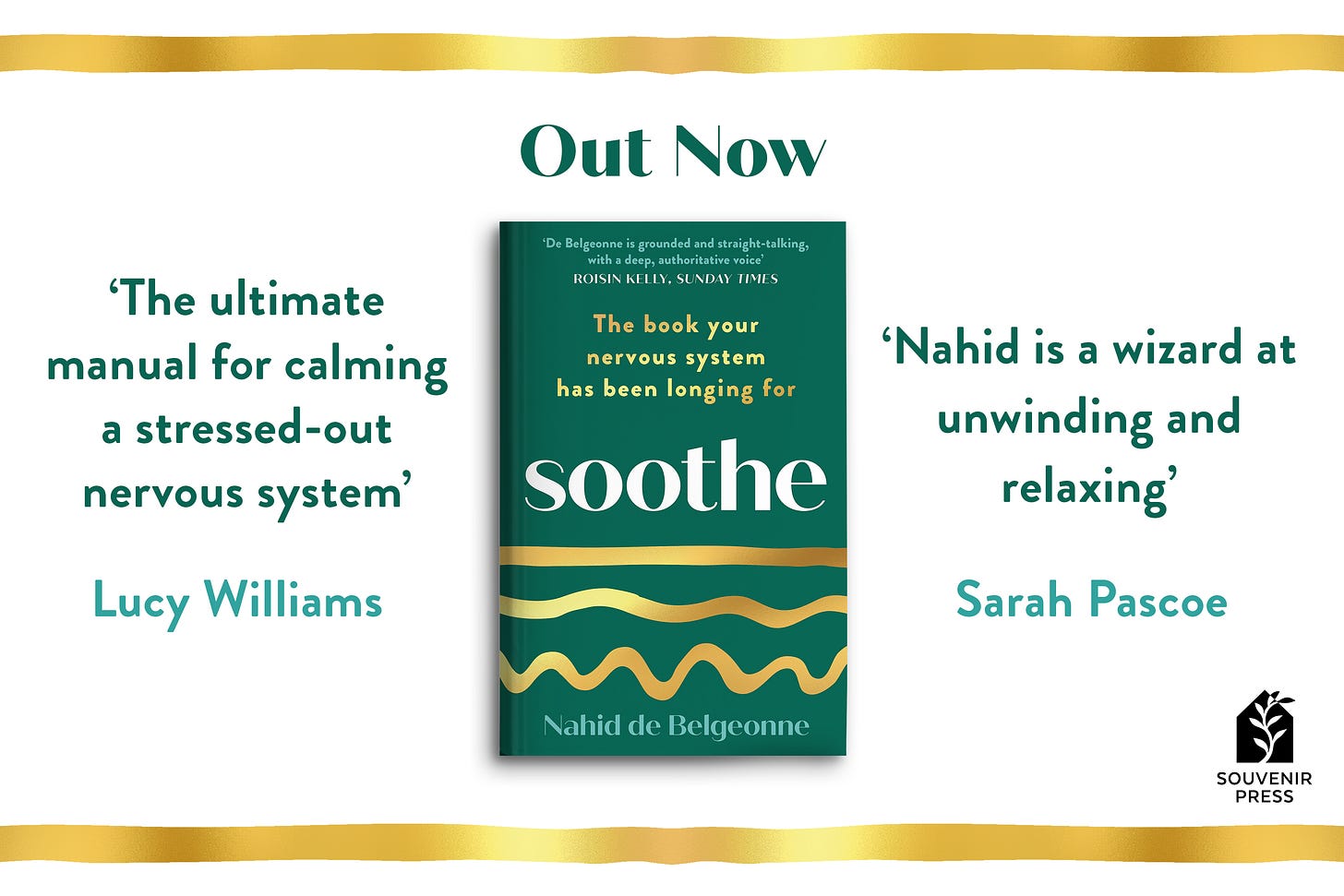Photo by Valeriy Lobanov on Unsplash
I’m an Author and a Somatic Movement Educator. My clients call me the “nervous system whisperer”. If you feel weighed down by responsibilities, lack energy, procrastinate, feel hopeless, and burnt out, I can help you to feel enthusiastic, energetic, and hopeful. I specialise in burnout, anxiety, and trauma issues, more info here.
The concept of the "window of tolerance," introduced by Dr. Dan Siegel, MD, is a powerful framework to help individuals manage stress and emotions effectively. This term describes the optimal state of arousal where a person can function smoothly, handling everyday stressors without becoming overwhelmed.
What is the Window of Tolerance?
The window of tolerance is essentially the sweet spot where we feel balanced and in control. When we are within this window, we can face challenges without our emotions spiralling out of control. However, for those who are in a dysregulated state ( chronic stress, burnout, anxiety, trauma, PTSD) staying within this window can be particularly challenging.
Dysregulation can narrow the window of tolerance, making it difficult to stay present. This heightened sensitivity to stress can lead to states of hyperarousal (overwhelm) or hypo-arousal (shutdown), both of which disrupt emotional regulation.
Signs of Hyperarousal
Hyperarousal is characterised by a heightened state of alertness and includes symptoms like:
Anxiety and fear
Angry outbursts
Panic attacks
Hypervigilance
Muscle tension
In this state, individuals might find it hard to relax or sleep, constantly feeling on edge.
Signs of Hypo-arousal
Hypo-arousal, on the other hand, is marked by low energy and disengagement, with symptoms such as:
Depression
Emotional numbness
Dissociation
A sense of emptiness
People experiencing hypo-arousal may feel disconnected from their surroundings and struggle to engage socially or emotionally.
Strategies to Stay Within Your Window of Tolerance
Maintaining balance involves recognising when you're moving out of your window of tolerance and employing strategies to return to it. Here are some effective techniques:
For Hyperarousal:
Breathing: Slower breaths help calm the nervous system.
Considered Movement: Activities like somatic yoga or qi gong can release built-up tension.
Grounding Techniques: Focus on the present moment by engaging in sensory activities: feeling your bare feet on grass, your back against a wall, or feeling the floor behind you when you lie down.
For Hypoarousal:
Engaging Activities: Physical activities or changing your environment can boost energy levels, swinging your arms, a walk, or a cold water swim.
Breath Work: Synchronising breath with movements, like raising your arms on an inhale and lowering them on an exhale can help to bring your brain and body back to harmony.
Cognitive Techniques: Use scaling methods (e.g., rating your level of alertness) to monitor and adjust your arousal levels.
Expanding Your Window of Tolerance
To enhance emotional resilience, work on broadening your window of tolerance with these practices:
Self-Awareness: Regularly check in with your emotional state. Questions to ask yourself are, How am I feeling? Is there a reason for this emotion? Getting curious about your emotions will help you to find the language to describe them better.
Somatic Body-Based Approaches: this involves moving to find out something about yourself, get interested in how you do what you do.
Self-Compassion: Practice self-awareness as a gateway to compassion for yourself, especially during moments of dysregulation. When you have a better understanding of how you feel, you can soothe yourself.
By understanding and tuning into your window of tolerance, you can navigate life's stressors with greater ease and emotional stability.
I am looking for six more clients this month for the BETA version of The Soothe Programme, an online 12-week course of self-paced sessions and live check-ins for powerful results. I am running the beta version of this course on a new platform at a third of the price and looking for new clients to trial the programme. We start on Thursday 27th June - please let me know if you would like to join us, send me an email with a YES and I will send you the details.
I also offer this as a tailored course of one-to-one sessions. Book an initial call to find out how we can work together.
The Soothe Retreats 24/25
I’ll be in London every other month - book your place on The Soothe Day Retreats to recover, recalibrate, restore, release and reset.
The Soothe Week in Lefkada next year in 2025 - is now taking bookings.
For paid subscribers, here is a lesson to finesse the sensing of your bodily sensations, this is how you increase your window of tolerance.
Stay human,
Nahid x
Keep reading with a 7-day free trial
Subscribe to Soothe with Nahid de Belgeonne to keep reading this post and get 7 days of free access to the full post archives.











